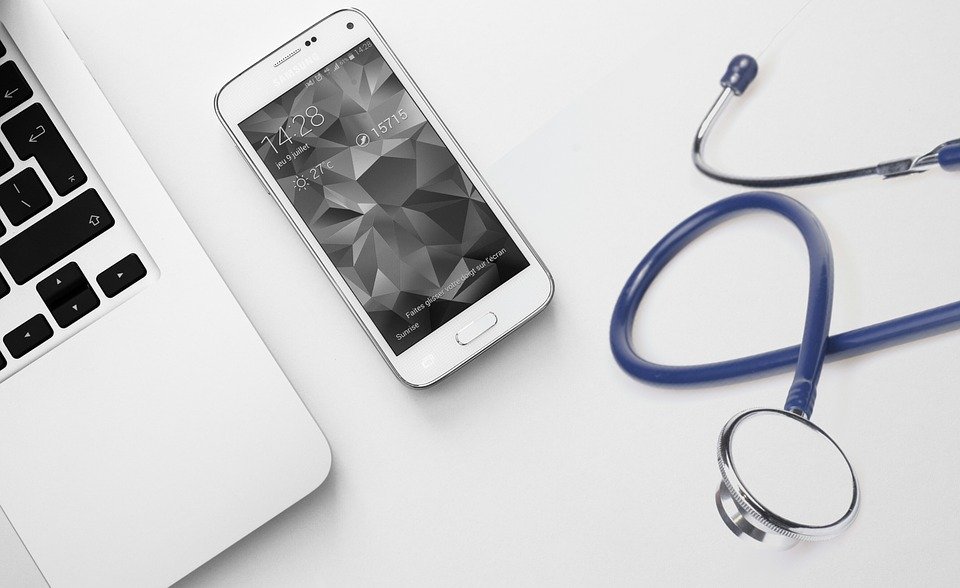
Best Practices for Integrating Virtual Medical Receptionists into HR Systems
Virtual medical receptionists have revolutionized the healthcare industry, offering numerous benefits such as improved efficiency and patient satisfaction. To maximize their potential, it is crucial to integrate them seamlessly into existing HR systems. This guide provides essential strategies and considerations for successful implementation.
The integration of virtual medical receptionists into HR systems has emerged as a key trend in healthcare technology. As these digital assistants become more sophisticated, their ability to handle administrative tasks efficiently can greatly enhance a medical facility's operations. However, proper integration is essential to ensure these systems work harmoniously together.
Understanding the Role of Virtual Medical Receptionists
Virtual medical receptionists are intended to streamline administrative processes by handling tasks such as appointment scheduling, patient inquiries and data entry. These AI-powered tools can significantly reduce the workload of human staff, allowing them to focus on more complex duties.
For instance, AI-powered HR and payroll integration clouds like BrynQ are transforming how surgeries connect and visualize their systems, ensuring employee data remains confidential and compliance-ready. By utilizing this technology, medical facilities can eradicate any integration issues and improve overall efficiency with a seamless and secure workflow. It is important to note that they can operate 24/7, providing uninterrupted service and enhancing patient satisfaction.
Ensuring Data Security and Compliance
One of the primary concerns when integrating virtual medical receptionists into HR systems is maintaining data security and compliance with healthcare regulations. It is crucial to choose solutions that adhere to standards such as HIPAA (Health Insurance Portability and Accountability Act) to protect patient information. In addition, implementing robust cybersecurity measures can prevent data breaches and ensure that sensitive information remains confidential. Virtual medical receptionists must be programmed to handle data with the utmost care.
Customizing Integration for Smooth Operation
To achieve seamless integration, it is important to tailor the virtual receptionist software to align with your existing HR system. This may involve configuring APIs (Application Programming Interfaces) that allow different software platforms to communicate effectively. By doing so, you ensure that information flows smoothly between systems, reducing manual input errors and enhancing overall efficiency. Training your staff on how to use these integrated systems is also essential for a smooth transition.
Monitoring Performance and Making Adjustments
Once your virtual medical receptionist is integrated into your HR system, it is important to monitor its performance regularly. Collecting data on its effectiveness in handling tasks can provide valuable insights into areas that may need improvement. Regularly updating the software based on feedback will help maintain its efficiency and relevance in your healthcare practice. Additionally, staying informed about new advancements in AI technology can offer opportunities for further enhancements.